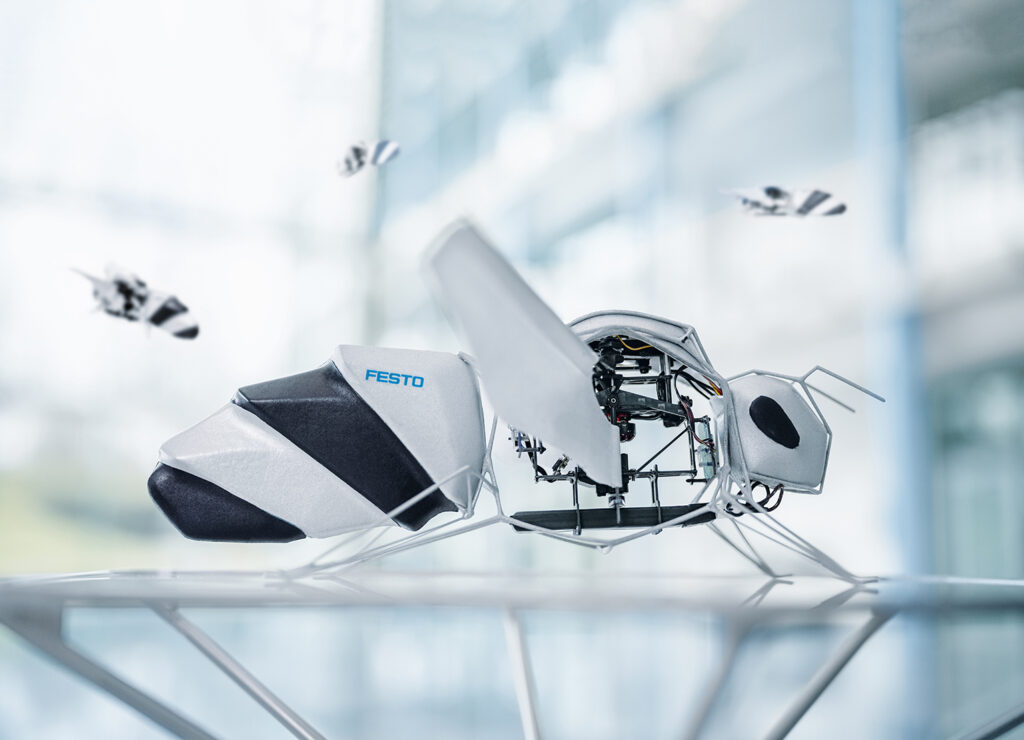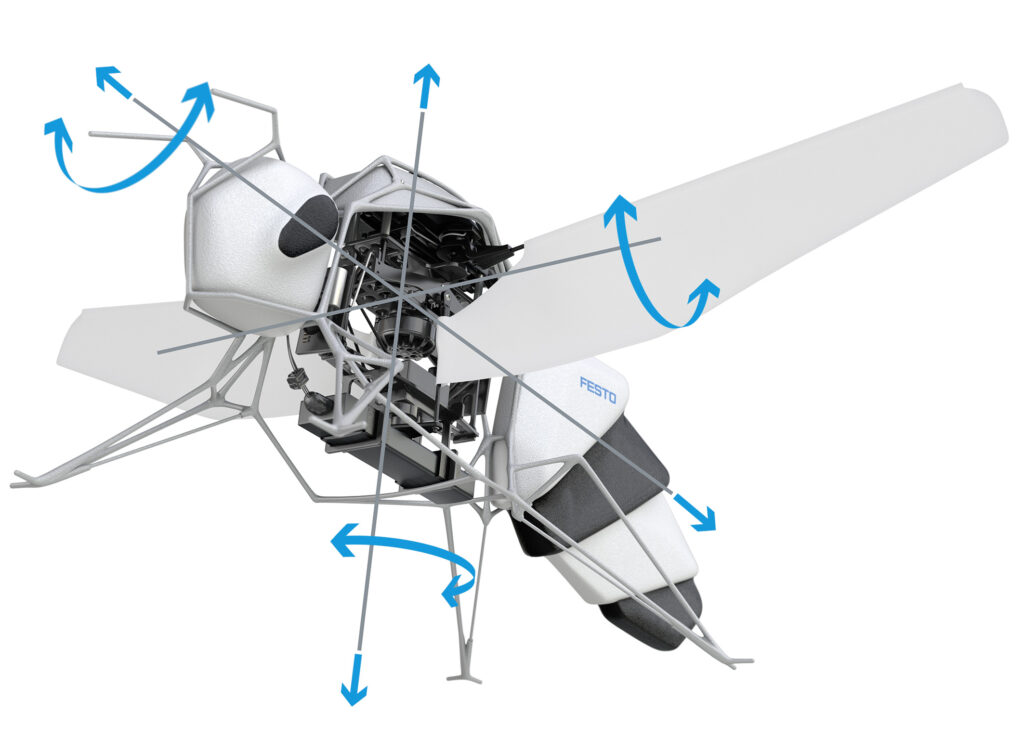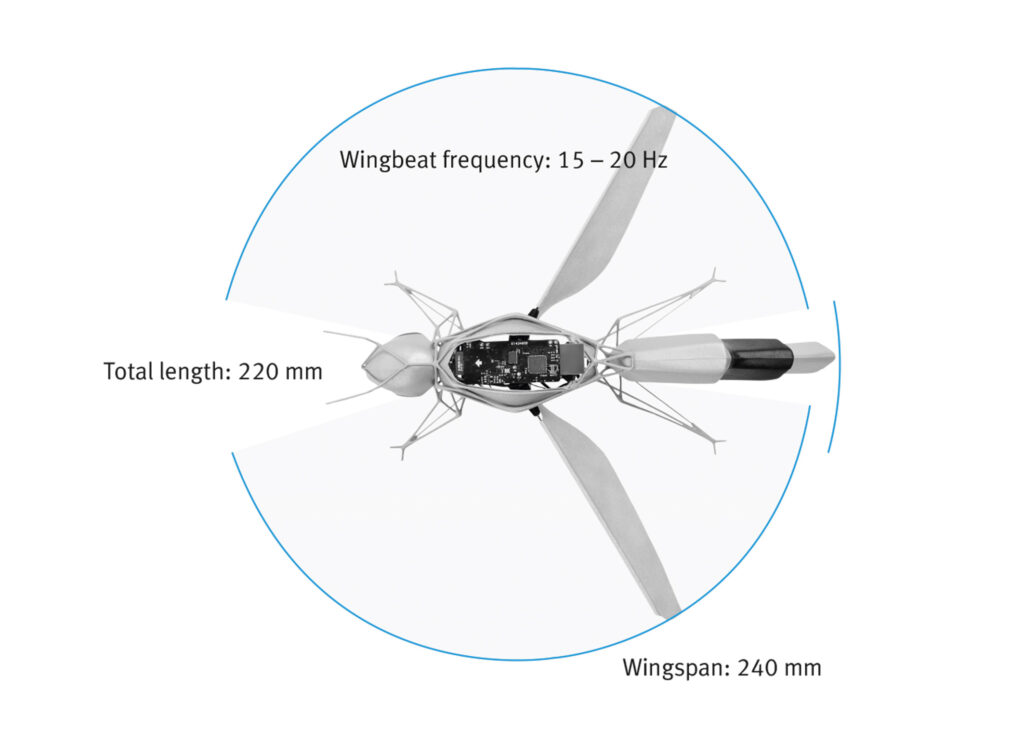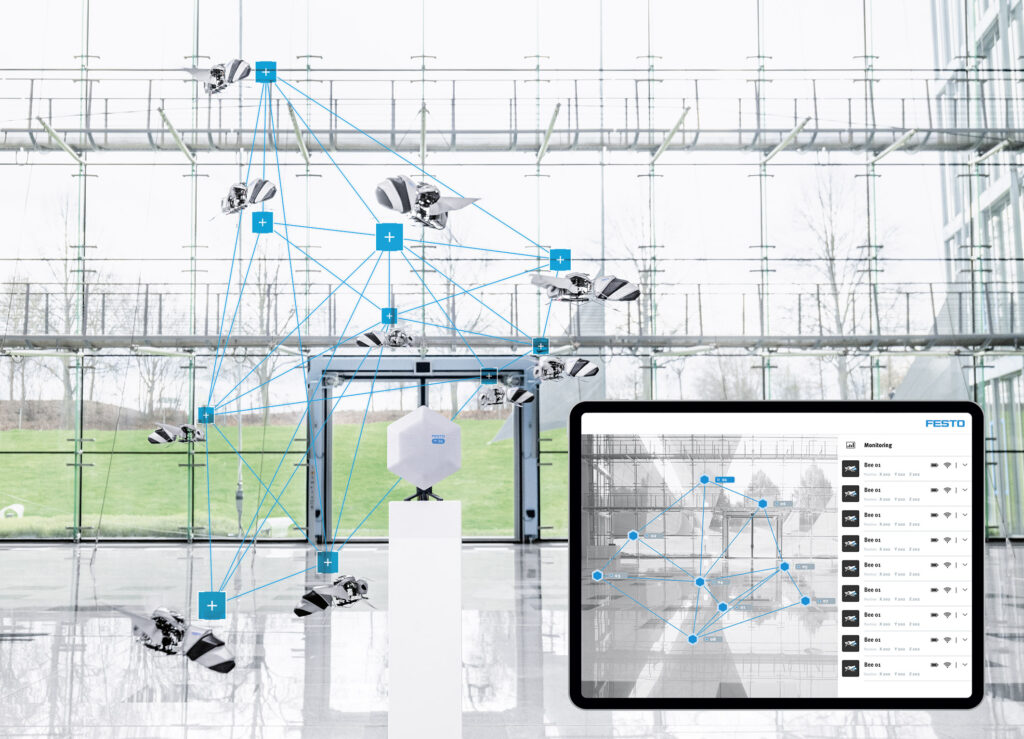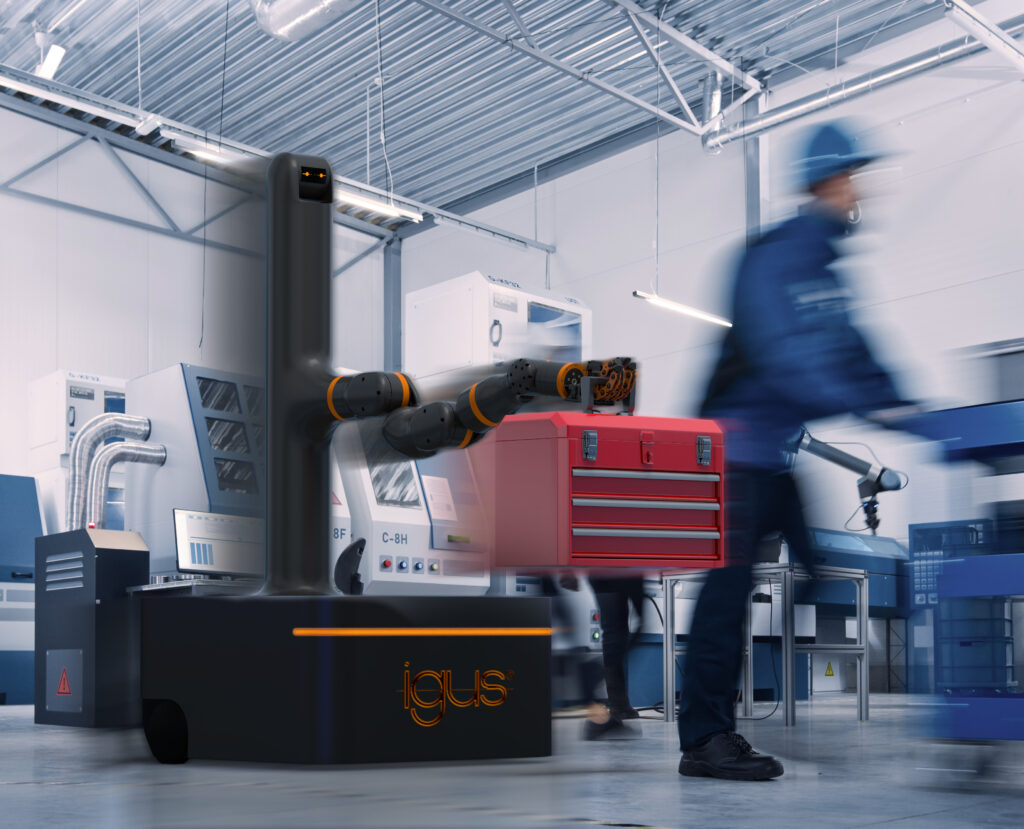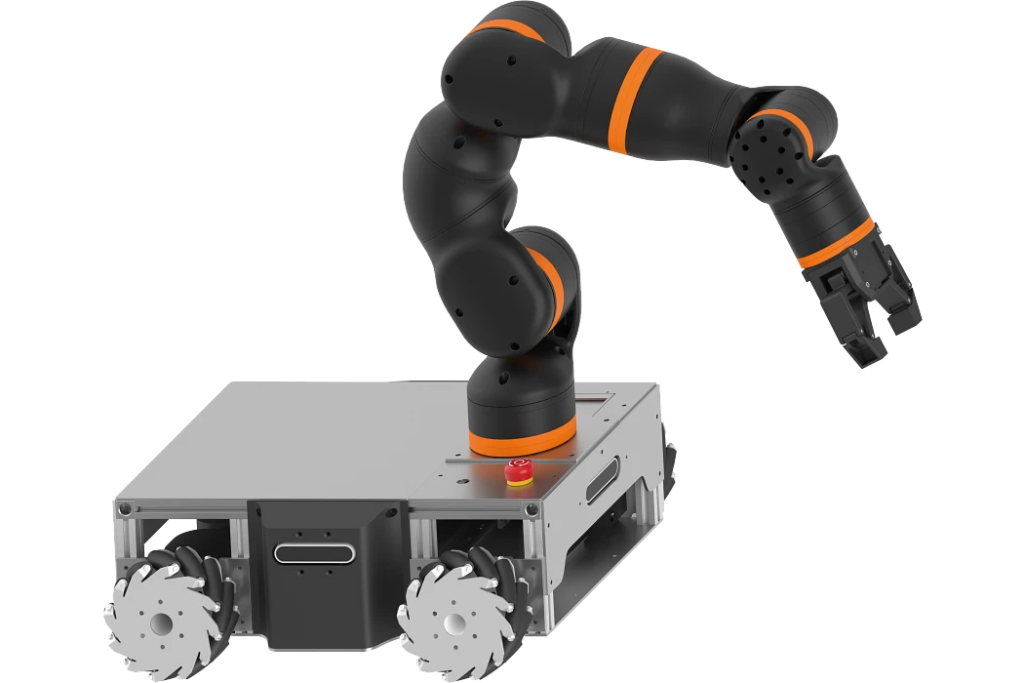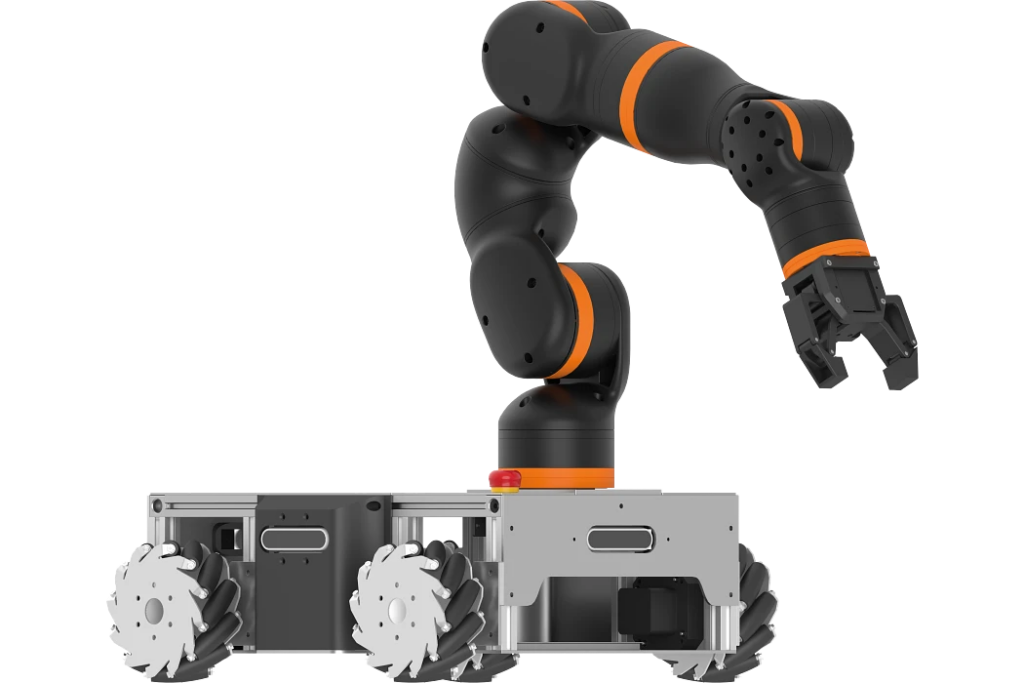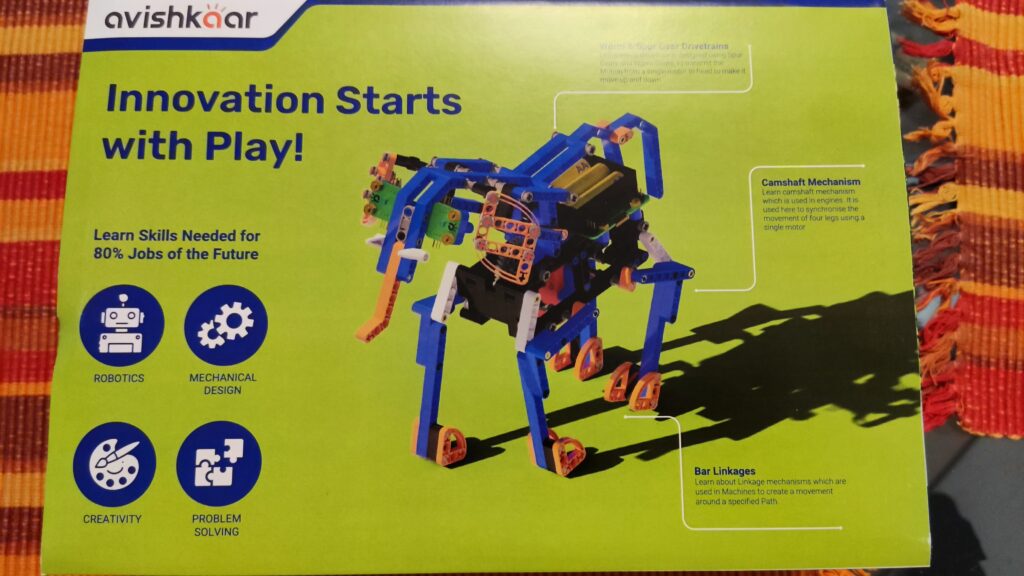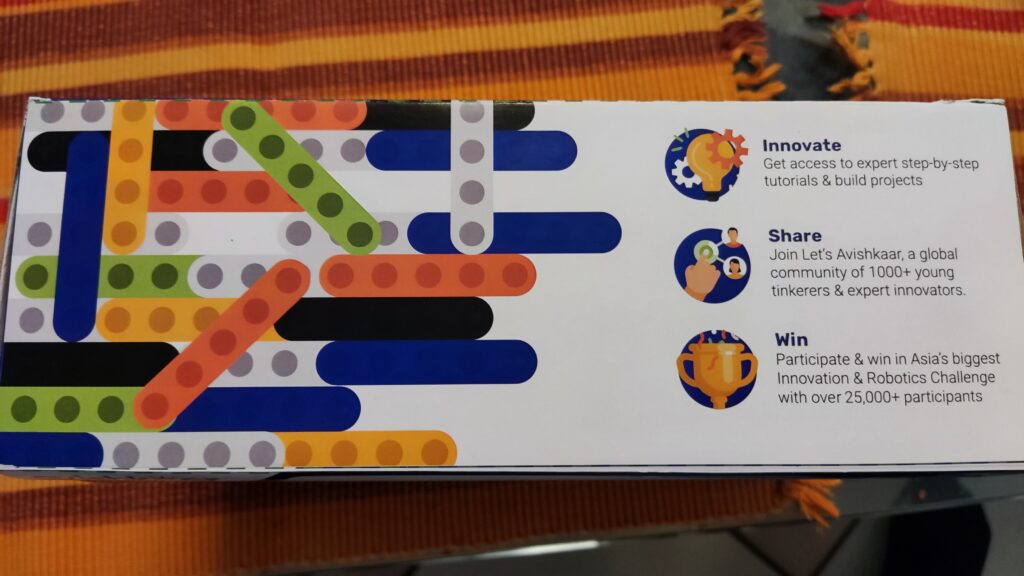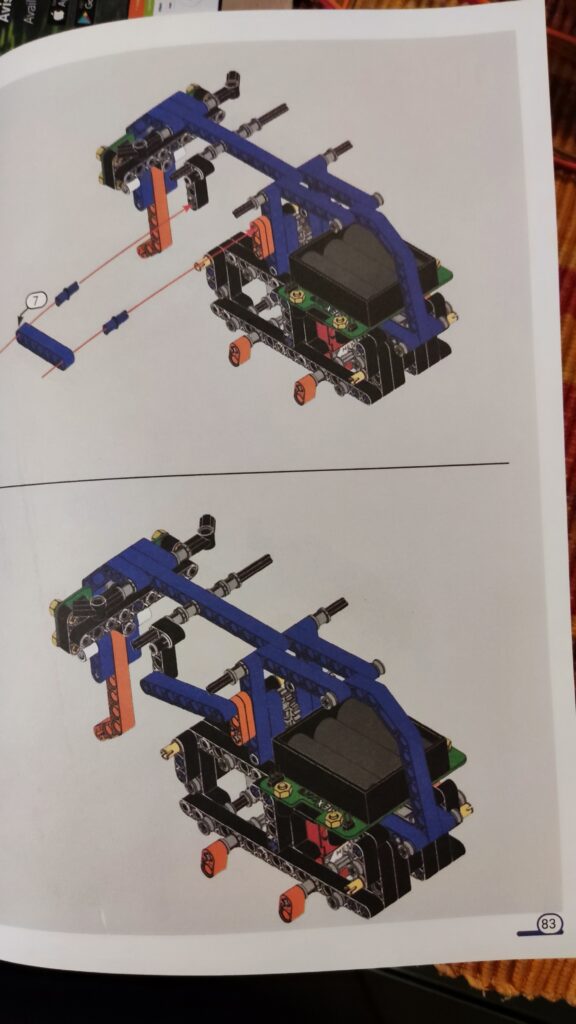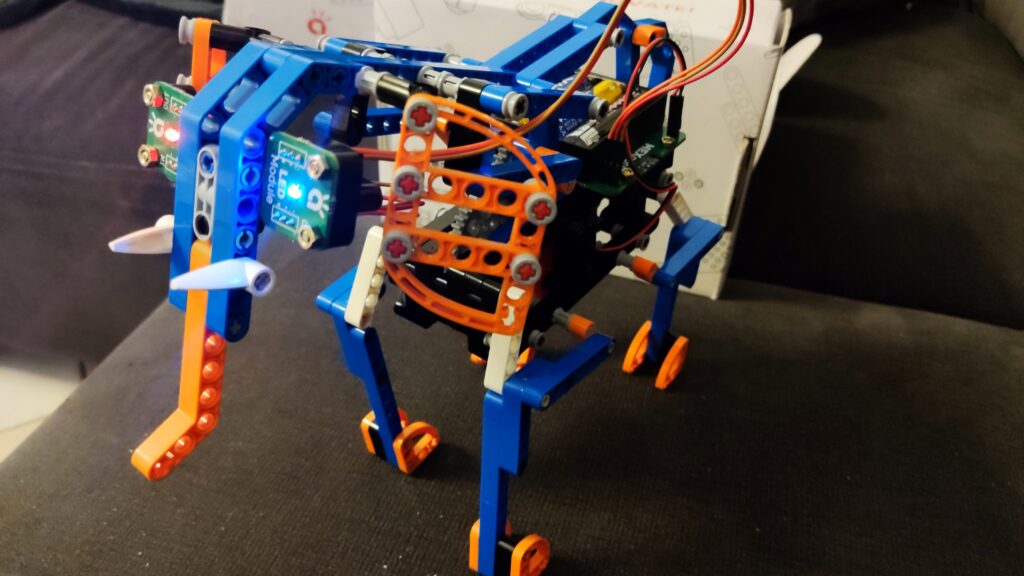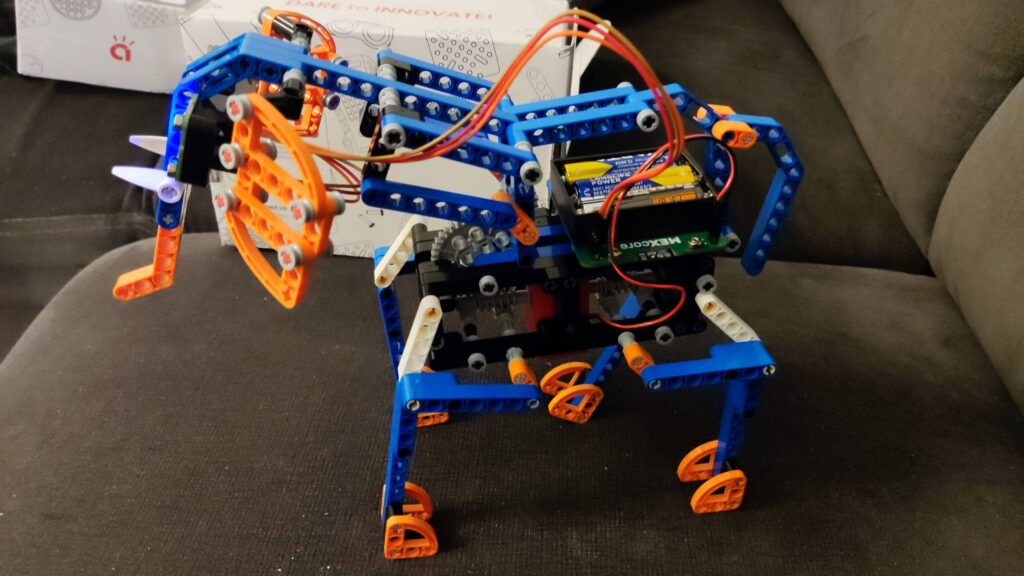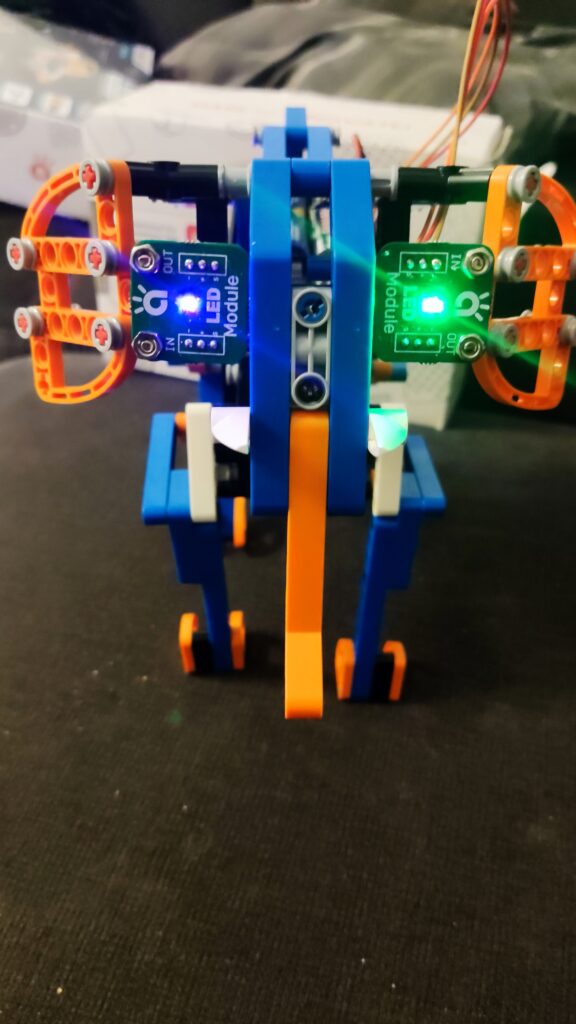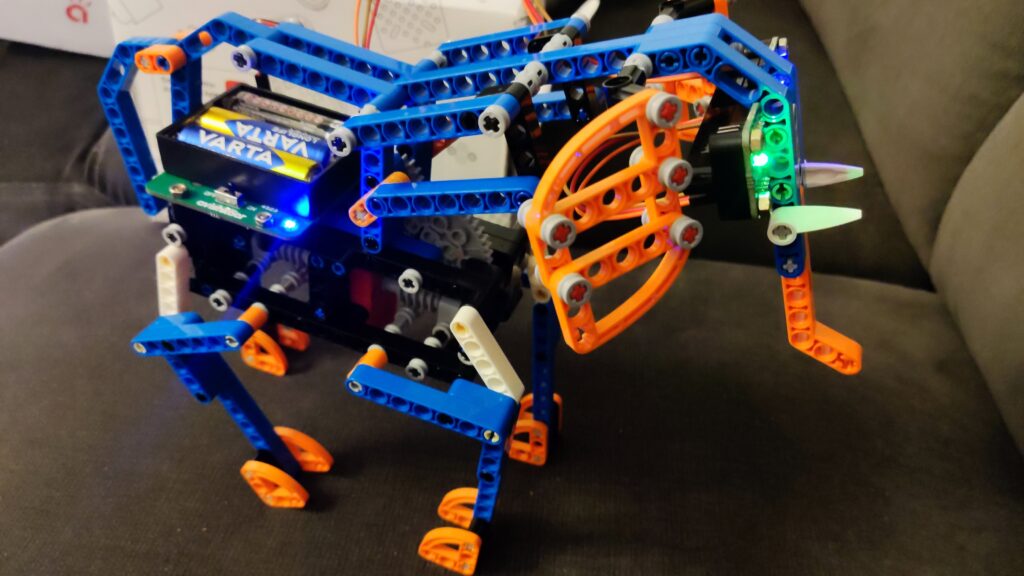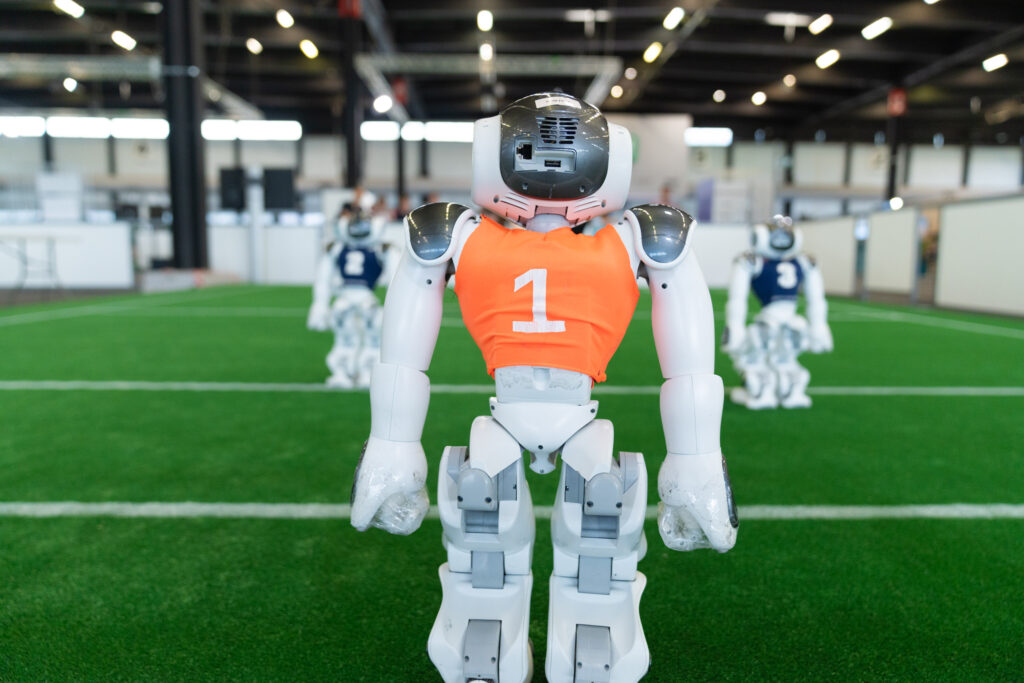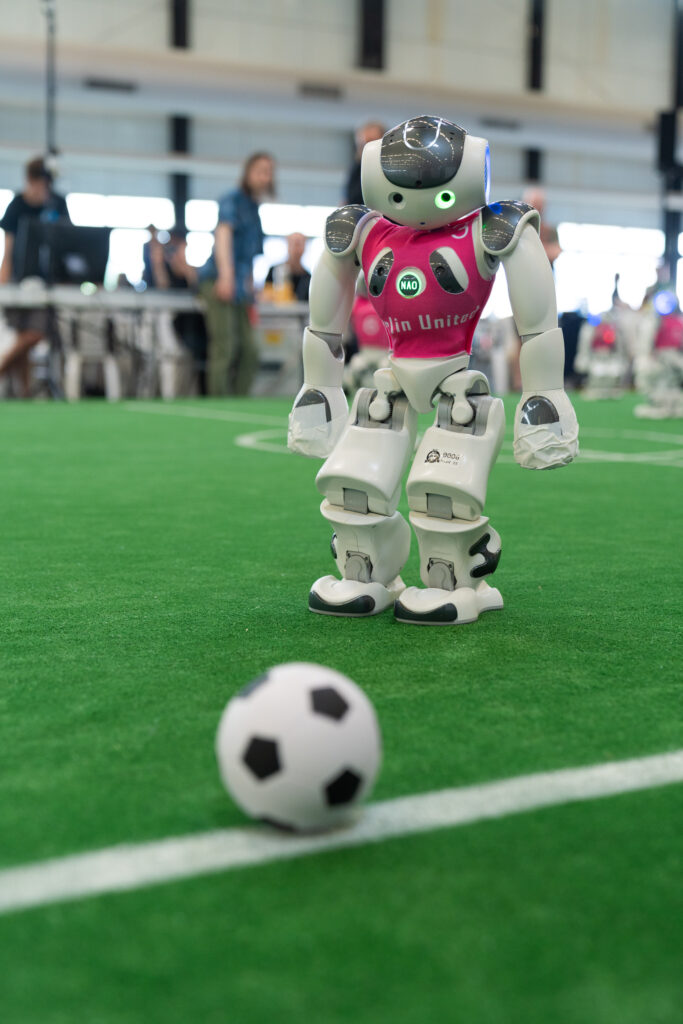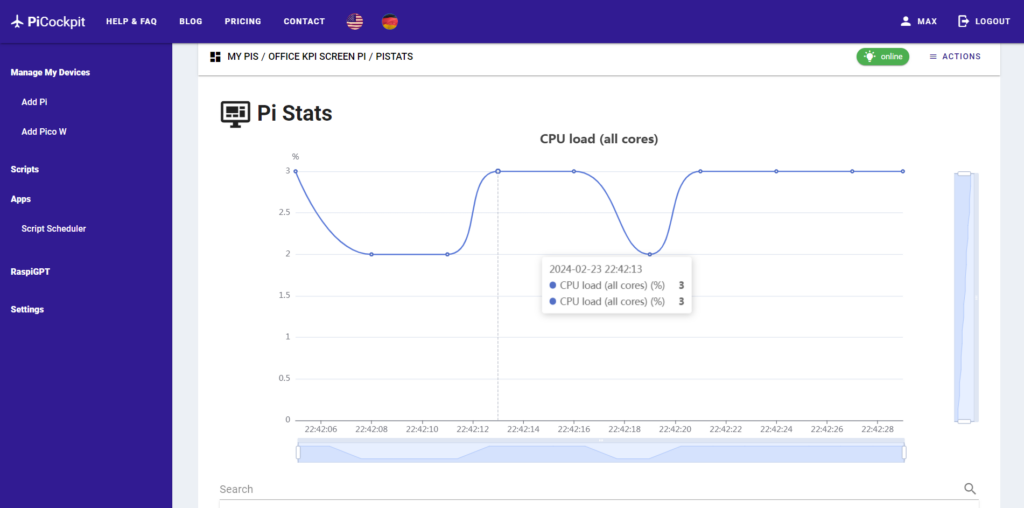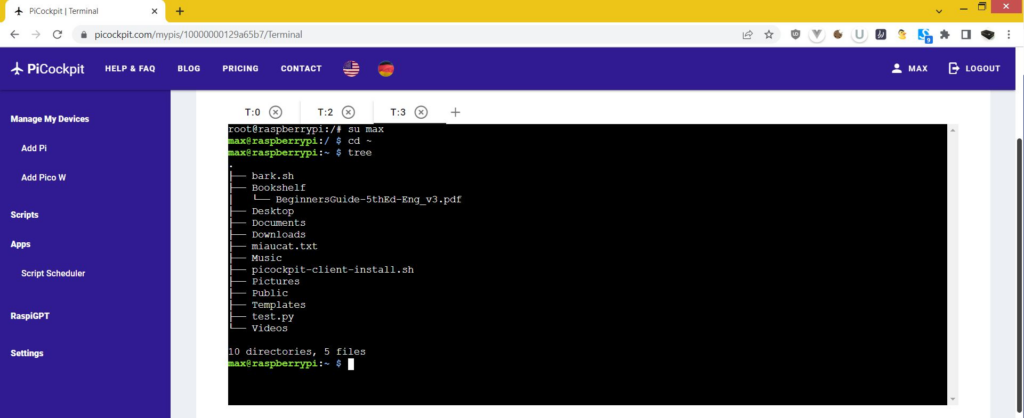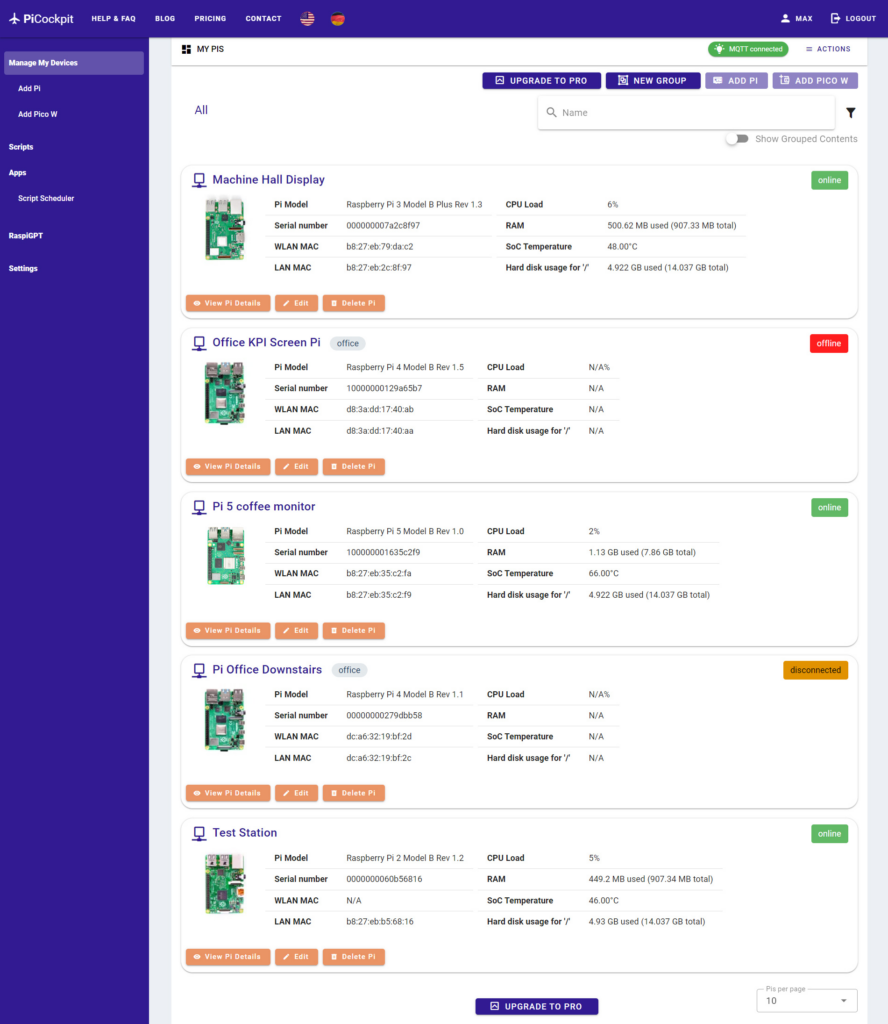- Die Roboter der S-Familie sind speziell für Lichtbogenschweißen, E-Mobilität, Lebensmittel und Getränke sowie Handhabungsanwendungen konzipiert, bei denen Genauigkeit, Wiederholbarkeit und Geschwindigkeit nicht verhandelbar sind
- Sie kombinieren Flexibilität, Wiederholbarkeit und Genauigkeit mit kleinerer Stellfläche und mehreren Montagepositionen, um die Roboterdichte ohne Leistungseinbußen zu erhöhen
- Mit einem witterungsbeständigen Hohlgelenkdesign und vollständig integrierter Lichtbogen- und Gigabit-Ausrüstung sorgen die kompakten roten Roboter für einen besseren Zugang zu engen Räumen
- Das benutzerfreundliche, einfach zu installierende und energieeffiziente Design kombiniert bessere Leistung mit reduziertem Energieverbrauch und geringeren Kosten
Chicago (Illinois) – 6. Mai 2024 – Comau präsentiert seine neue S-Familie kleiner, aber leistungsstarker Roboter auf der Automate 2024, der führenden Messe für Automatisierung in Nordamerika. Die ersten beiden Hochgeschwindigkeitsroboter mit Nutzlasten von 13 kg bis zu 18 kg sind ausdrücklich für Montage-, Lichtbogenschweiß- und Handhabungsanwendungen vorgesehen, bei denen Genauigkeit, Wiederholbarkeit und Geschwindigkeit nicht verhandelbar sind. Sie zeichnen sich durch ihre anspruchsvolle Leistung und ihr historisches rotes Roboterdesign aus und spiegeln auch das Engagement von Comau wider, die Automatisierung für vielfältige und nicht-automobile Branchen zugänglicher zu machen. Die kompakten, robusten und vielseitigen Roboter können problemlos in kleine Räume und enge Bereiche gelangen, die mit anderen Robotern schwer zu erreichen sind. Und weil sie nach Fraunhofer Verfahrensanweisung zertifiziert hoch energieeffizient sind, hilft die S-Familie der 6-Achsen-Gelenkroboter Unternehmen dabei, eine höhere Produktionsqualität und bessere Leistung bei reduziertem Energieverbrauch und geringeren Kosten zu erreichen.
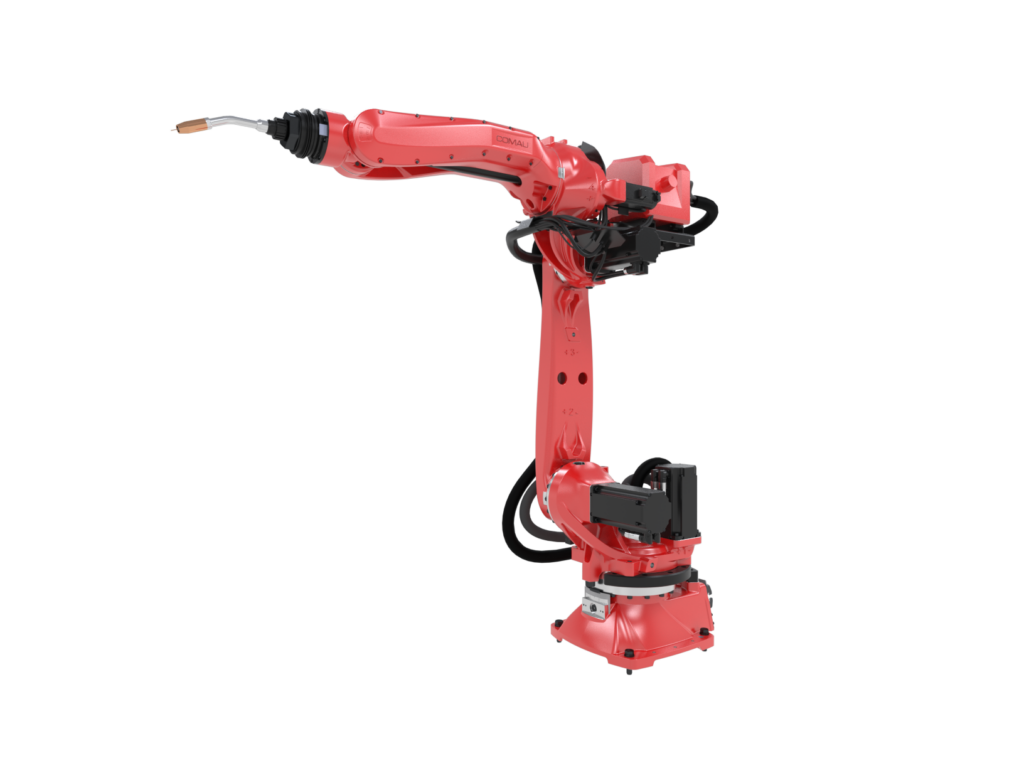
Die Roboter der S-Familie eignen sich perfekt für Anwendungen, die extreme Genauigkeit und Geschwindigkeit erfordern und gleichzeitig vollständigen Schutz vor Elementen wie Wasser, Staub und anderen Verunreinigungengewährleisten. Bei ihrem erstklassigen IP68-Hollow-Wrist-Design verläuft die elektrische und Hilfsverkabelung im Handgelenk, so dass die Roboter agiler sind und gleichzeitig das Risiko von Schäden minimieren können. Darüber hinaus sind sie die einzigen Roboter mit vollständig integrierter Lichtbogen- und Gigabit-Ausrüstung, die dazu beiträgt, Layout-Einschränkungen zu beseitigen, die Montage und Installation zu erleichtern, schnellere Reaktionszeiten zu gewährleisten und Kabelknicke und -brüche und nachfolgende Wartungskosten erheblich zu reduzieren. Neben der Automatisierung von Schweiß-, Handhabungs-, Gießerei-, Automobil- und Batterieherstellungsprozessen kann die S-Familie daher problemlos für Lebensmittel und Getränke sowie allgemeine Montageanwendungen eingesetzt werden. Schließlich können die Roboter am Boden, an der Wand oder an der Decke montiert werden. So kann der Platz ohne Abstriche bei der Leistung optimiert werden.
„Die neue S-Familie der kleinen Hochgeschwindigkeitsroboter von Comau kombiniert Effizienz und technische Exzellenz mit den Funktionen, die für einen effektiven Einsatz in neuen Märkten und speziellen Anwendungsbereichen erforderlich sind“, so Nicole Clement, Chief Business Unit Leader für Advanced Automation Solutions. „Unser Engagement, die Automatisierung einfacher zu installieren und zu nutzen, insbesondere in Nicht-Automobilmärkten, in denen die Automatisierung schnell wächst, ist ein weiterer Weg, wie Comau die Kraft der Automatisierung in einen zunehmend vielfältigen Sektor von Branchen und Anwendungen bringt.“
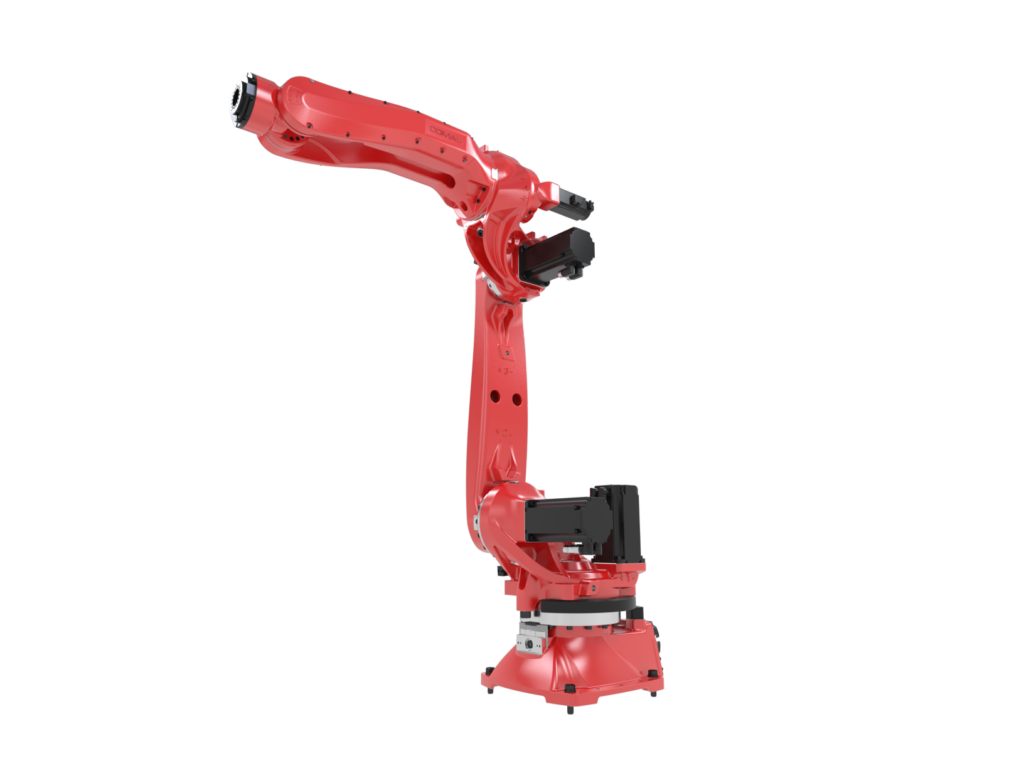
Die Roboter der S-Familie wurden nach Fraunhofer-Verfahren auf Energieeffizienz geprüft und zertifiziert und sind in zwei verschiedenen Nutzlastkonfigurationen (13 und 18 kg) mit einer Reichweite von 1700 mm und einer Wiederholbarkeit von ±0,03 mm erhältlich.

